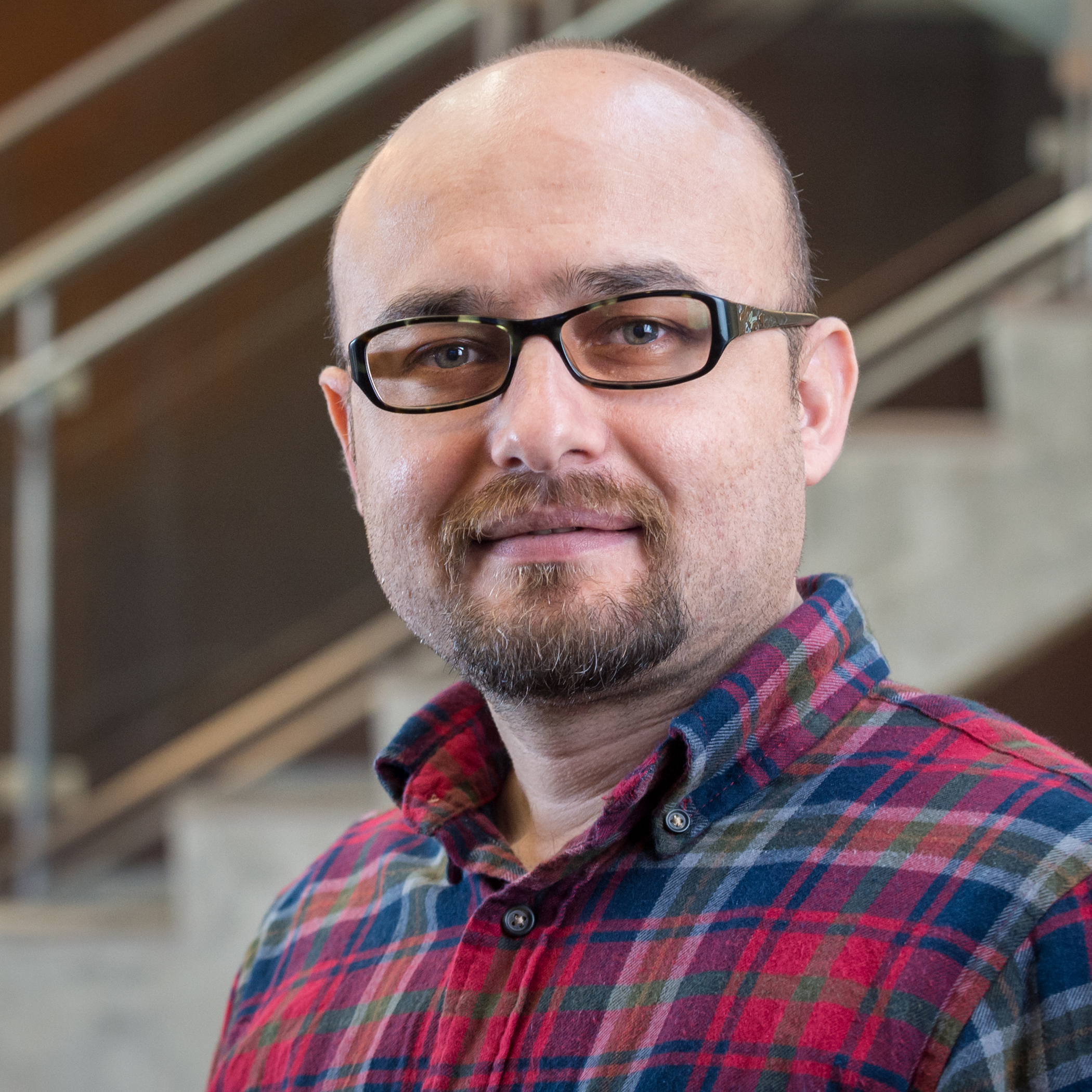The first Jan Evetts Award for the best paper by a young researcher published in the journal Superconductor Science and Technology has been awarded to Ibrahim Kesgin of the U.S. Department of Energy Office of Science’s (DOE-SC’s) Advanced Photon Source at Argonne National Laboratory.
First-author Kesgin’s paper is entitled, “High-temperature superconducting undulator magnets.” His co-authors are Matthew Kasa and Yury Ivanyushenkov, all of the Accelerator Systems Division of the Argonne Advanced Photon Source, and Ulrich Welp of the Argonne Materials Science Division.
The Jan Evetts Award is in memory of Superconductor Science and Technology’s founding editor, Professor Jan Evetts of Pembroke College, University of Cambridge. In announcing the award, the journal notes that, “In addition to building a strong foundation for the journal, Evetts made an outstanding series of contributions to the science of superconductivity and to the understanding of superconducting materials, and was an indefatigable champion of the development of applications of superconductivity.” The competition is open to all researchers working in superconductivity who meet certain criteria. The award will be presented by Evett’s wife, Rosemary Evetts.
The award-winning paper “presents test results on a prototype superconducting undulator magnet fabricated using 15% Zr-doped rare-earth barium copper oxide high temperature superconducting tapes.” The research demonstrates current density (a central requirement for superconducting technology) “40% higher than comparable devices wound with NbTi-wire, which is used in all currently operating superconducting undulators... [and a] novel winding scheme enabling the continuous winding of tape-shaped conductors into the intricate undulator magnets as well as a partial interlayer insulation procedure were essential in reaching this advance in performance.”
Argonne scientists and engineers are leading innovators in advancing the important field of superconducting undulator technology, working with colleagues at other DOE labs in support of new x-ray research capabilities.
Undulators, which comprise rows of strong permanent magnets, are the devices that produce high-brightness x-ray beams for research at third- and fourth-generation synchrotron light sources such as the APS and the proposed APS Upgrade, as well as at free-electron lasers such as the Linac Coherent Light Source at the SLAC National Accelerator Laboratory. As the award-winning paper notes, superconducting undulators, with superconducting rather than permanent magnets, increase the brightness of x-rays by an order of magnitude, permitting revolutionary studies of critical materials and biological samples that move forward the boundaries of our knowledge.
See: Ibrahim Kesgin, Matthew Kasa, Yury Ivanyushenkov, and Ulrich Welp, “High-temperature superconducting undulator magnets,” Supercond. Sci. Technol. 30 (2017). DOI: 10.1088/1361-6668/aa5d48
I.K. acknowledges support from Laboratory Directed Research and Development (LDRD) funding from Argonne National Laboratory, provided by the Director, Office of Science, U.S. Department of Energy (DOE) under Contract No. DE-AC02-06CH11357. U.W. acknowledges support from the U.S. DOE Office of Science-Basic Energy Sciences, as part of the Center for Emergent Superconductivity Energy Frontier Research Center. Y.I. and M.K. acknowledge support from the Director, Office of Science, of the U.S. DOE under Contract No. DE-AC02-06CH11357.
Argonne National Laboratory seeks solutions to pressing national problems in science and technology. The nation's first national laboratory, Argonne conducts leading-edge basic and applied scientific research in virtually every scientific discipline. Argonne researchers work closely with researchers from hundreds of companies, universities, and federal, state and municipal agencies to help them solve their specific problems, advance America's scientific leadership and prepare the nation for a better future. With employees from more than 60 nations, Argonne is managed by UChicago Argonne, LLC for the U.S. Department of Energy's Office of Science.
The U.S. Department of Energy's Office of Science is the single largest supporter of basic research in the physical sciences in the United States and is working to address some of the most pressing challenges of our time. For more information, visit the Office of Science website.

